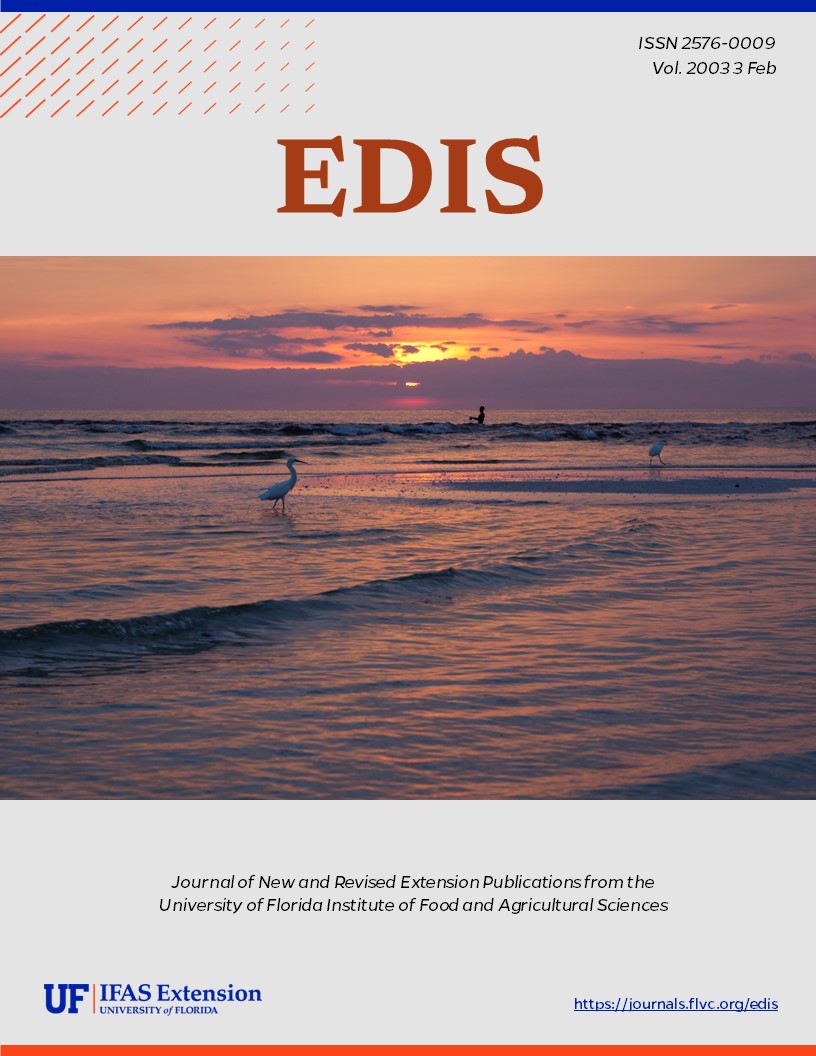Abstract
This document is about the caractheristics of the fruit, the tree and the cultivation of the Temple tangor. The Temple tangor is most often referred to as an orange, but there is ample evidence to suggest it is actually a tangerine-orange hybrid, or tangor. Apparently the cultivar originated in Jamaica in the late 1800's. It was later introduced into Florida and propagated by Buckeye Nurseries who named the variety Temple in 1919 after the late W. C. Temple who had earlier promoted the fruit in the state. The Temple, with tropical origin, has a relatively high heat requirement and is rather sensitive to cold. It does fairly well under commercial cultivation in Florida and produces very good quality fruit. First published September, 1993.
References
Jackson, Larry K. and Frederick S. Davies. 1999. Citrus Growing in Florida, Fourth Edition. University Press of Florida, Gainesville, FL. pp. 99-100.
Saunt, James. 2000. Citrus Varieties of the World. Sinclair International Limited, Norwich, England. pp 85-86.
Tucker, D.P.H., S.H. Futch, F.G. Gmitter, and M.C. Kesinger. 1998. Florida Citrus Varieties.SP-102. University of Florida, Institute of Food and Agricultural Sciences, Cooperative Extension Service. p. 37.
Tucker, D.P.H., A.K. Alva, L.K. Jackson, and T.A. Wheaton, Eds. 1995. Nutrition of Florida Citrus Trees. SP-169. University of Florida, Archival copy: for current recommendations see http://edis.ifas.ufl.edu or your local extension office.Temple Tangor
Institute of Food and Agricultural Sciences, Cooperative Extension Service.

This work is licensed under a Creative Commons Attribution-NonCommercial-NoDerivatives 4.0 International License.
Copyright (c) 2003 UF/IFAS

